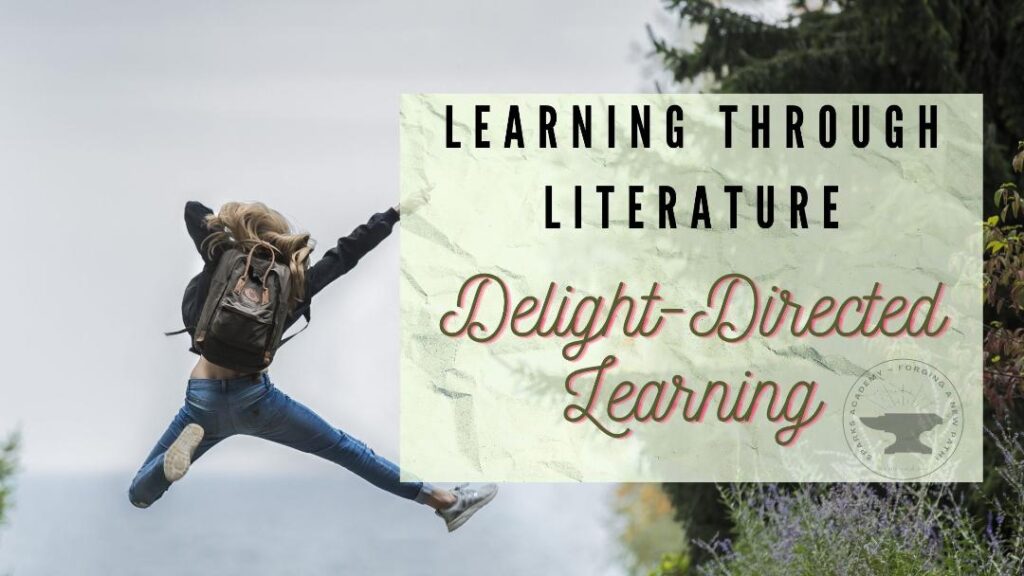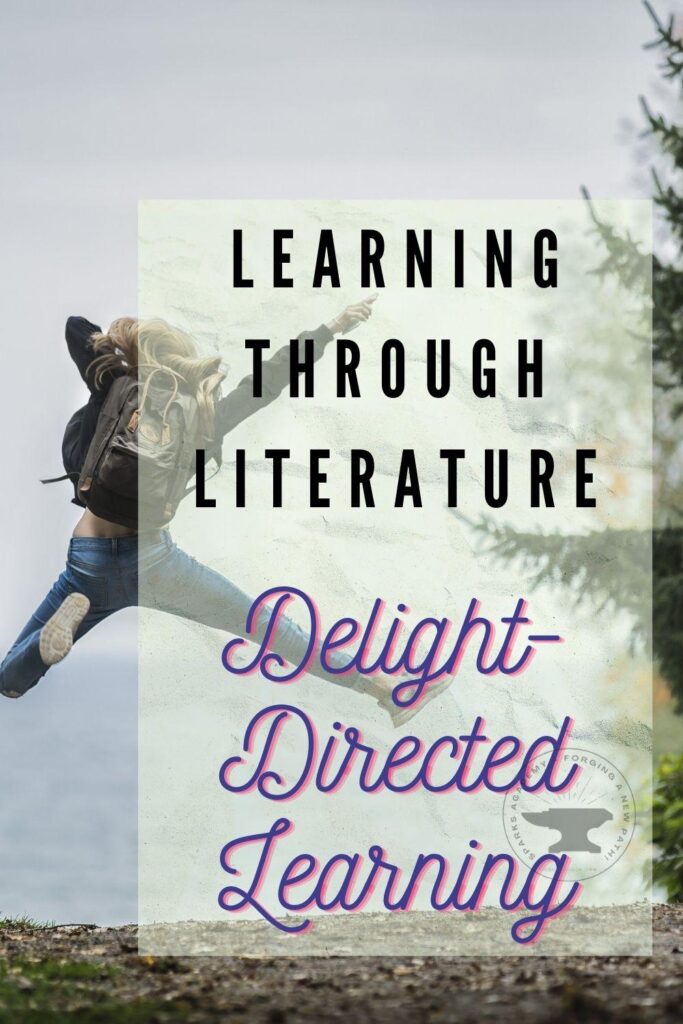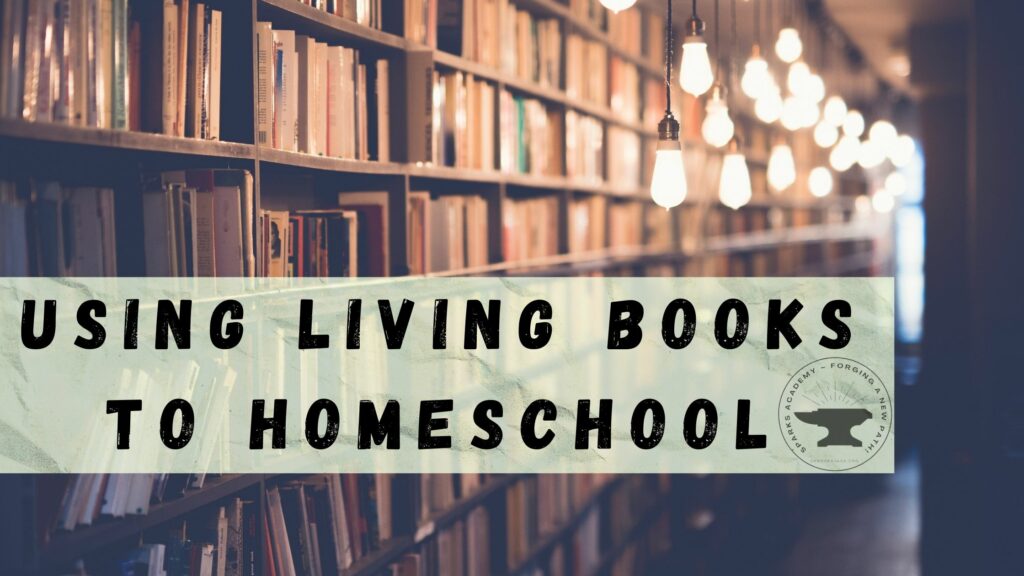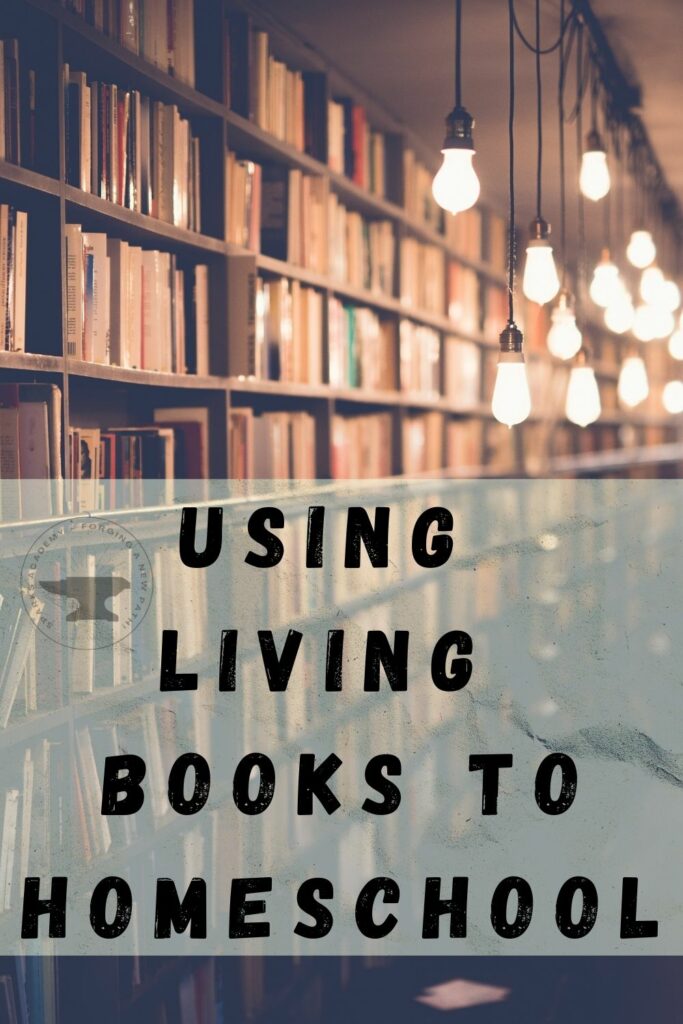Engaging with Your Teen’s Reading

When our children were young, we read aloud to them and alongside them. Granted, we still do that a bit as they get older, but they also take up their own interests and reading adventures, and we parents don’t always have time to read those books ahead of time. So how do we connect with them and engage with what they’re currently reading?
Choosing Good Books
We want to make sure that our teens are reading books that are ‘acceptable,’ and every family is going to have their own criteria for what that means. It’s also important to remember that reading can help stretch your teen’s perspective, expose them to new worlds, and even teach about places, eras, and skills.
There are many places you can find booklists for teen reading, such as:
Middle School
- Kids Books About Survival
- Ten Best Vintage Novel Series for Boys
- Ten Best Vintage Novel Series for Girls
- Ten Best Historic Novel Series for Middle School
High School
- Essential High School Reading List for Girls
- Essential High School Reading List for Boys
- 114 Books To Read Before Graduation
All Ages
- The Good & the Beautiful’s Booklist – spanning preschool through graduation, this booklist also gives a short summary and merits of the book
- Read Around the World – geared toward elementary and middle, these books help to develop an understanding of what it’s like for people who have a different race, culture, religion, or socio-economic status.
- Audiobooks for World History – audiobooks count, too! These cover fiction set at different eras in world history.
- Audiobooks for American History – These cover fiction set at different eras of American history.
- Top Ten Audiobooks for Boys – covering a little bit of everything, these audiobooks are more likely to appeal to action-adventure lovers.
- How to Snag Free Kindle Books – it’s like the library, but better, since you get to keep the book.
If You Don’t Know the Story
Without knowing the plot and characters, it can feel intimidating to discuss the book with your teen, so how do you engage?
- Cliffnotes – These were handy when you were in college, and they’re handy now, if you can find one for the book your teen is reading. If not, simply go online and find a book reviewer who has written about the book. You’ll find the summary, character introduction, a little commentary, and probably a spoiler or two.
- Skim the Book – Read chapters one and two, skim the middle, and read the last two chapters. Not effective if you’re going to be tested, but it will give you a good feel for the flow of the story.
- Read the Book – Granted, you probably don’t have time to do this for every book, but choose one of the books your teen is reading and read it, too. This not only allows you to talk more in depth, but is something that will show your teen how committed you are to what they are interested in.
- Watch the Movie – We’re not being tested, so it’s not cheating. Be aware, however, that the movie plot often deviates from the book plot, so you may get a slightly different story.
Ask the Question
One of my favorite things about homeschooling teens is how the conversation naturally flows throughout the day. Well…maybe not before lunchtime, but that’s only because their brains are still sleeping. Just as the day ebbs and flows, hitting both the important and the minutiae, our conversation about their books takes the same track.
- Start by asking how the book is coming along. This opens up the floor for whatever they want to tell you…which might be the entire plot and how it relates to something else they saw or read…or it might be, “fine.” (If you have boys, I know you’re feeling me here.)
- Follow up on their response. If you got the “fine” answer, you might ask for a little more information. What’s happened in the book since you last checked in? What do they think about the story so far? These questions are designed to elicit more than a one-word response…
- Challenge their opinions. Whether you agree with them or not, one of the things we get to do as parents is teach our children to think critically about their own opinions and learn to defend them, but we do so from a place of love and support. This is a way to dive into deeper conversations about your family’s beliefs, too.
- Compare and contrast. How does the book stack up to another one they’ve read? Is it derivative? Is it outlandish? Is there a certain theme to the stories they gravitate toward? Does it relate to any current events or recent movies?
Peer Engagement
When I think ‘book club,’ my mind gravitates toward my grandmother and her friends sitting around sharing cookies and tea in the afternoon and, quite frankly, doing more discussing of what’s happen around town than what’s happening in the pages. BUT…a book club can for teens can actually be a lot of fun (albeit still devolve into chattiness)!
When teens discuss books with other teens, they get the perspective of someone their own age, rather than an adult who has a different life view and wisdom set. They get a chance to bond with a friend over something they book really enjoyed, or hated, or maybe disagreed over and ended up having a controversial, yet enlightening, discussion. As part of a book club, you can use novel study units for discussion prompts, hands-on activities, and additional background learning. These are perfect for a co-op or small group setting!
Virtual book clubs are another option for peer engagement. Each month Literary Adventures for Kids hosts an interactive book-of-the-month club. Students delve deeper into a novel, discuss various aspects (symbolism, foreshadowing, and even just how the weather is looking that day around the country), and make peer connections with other homeschooling teens. Additionally, each month students are invited to embody the book through dressing up for the live meeting, such as in this one about The Hobbit.







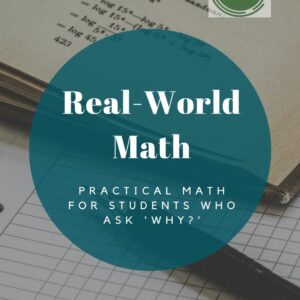
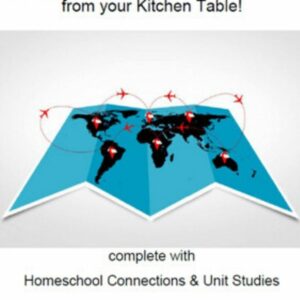
.jpg)













